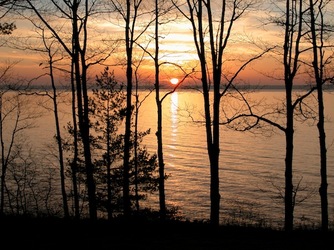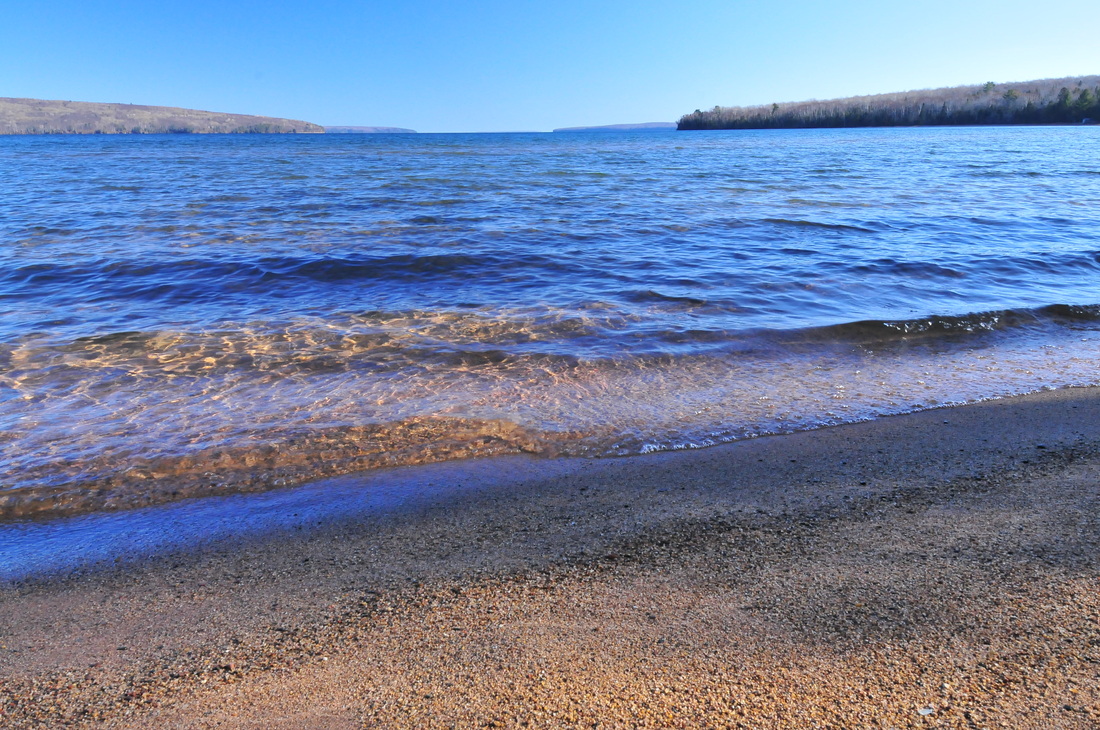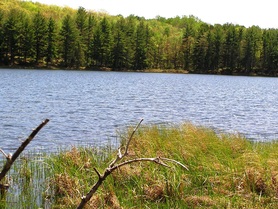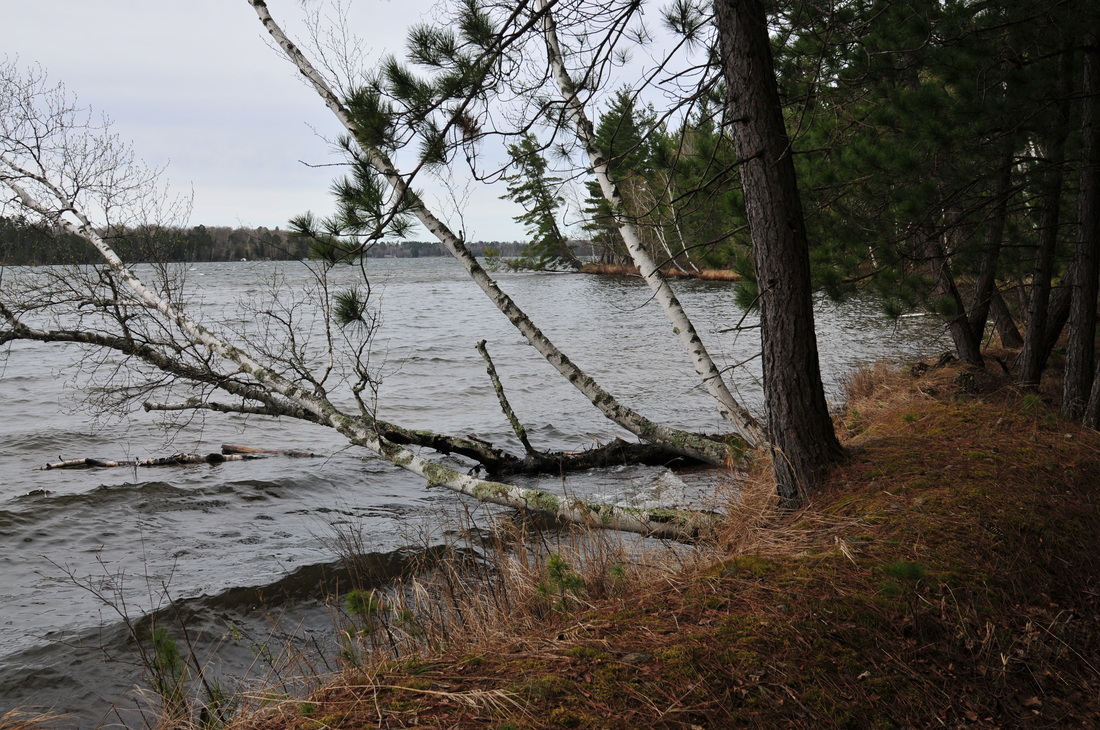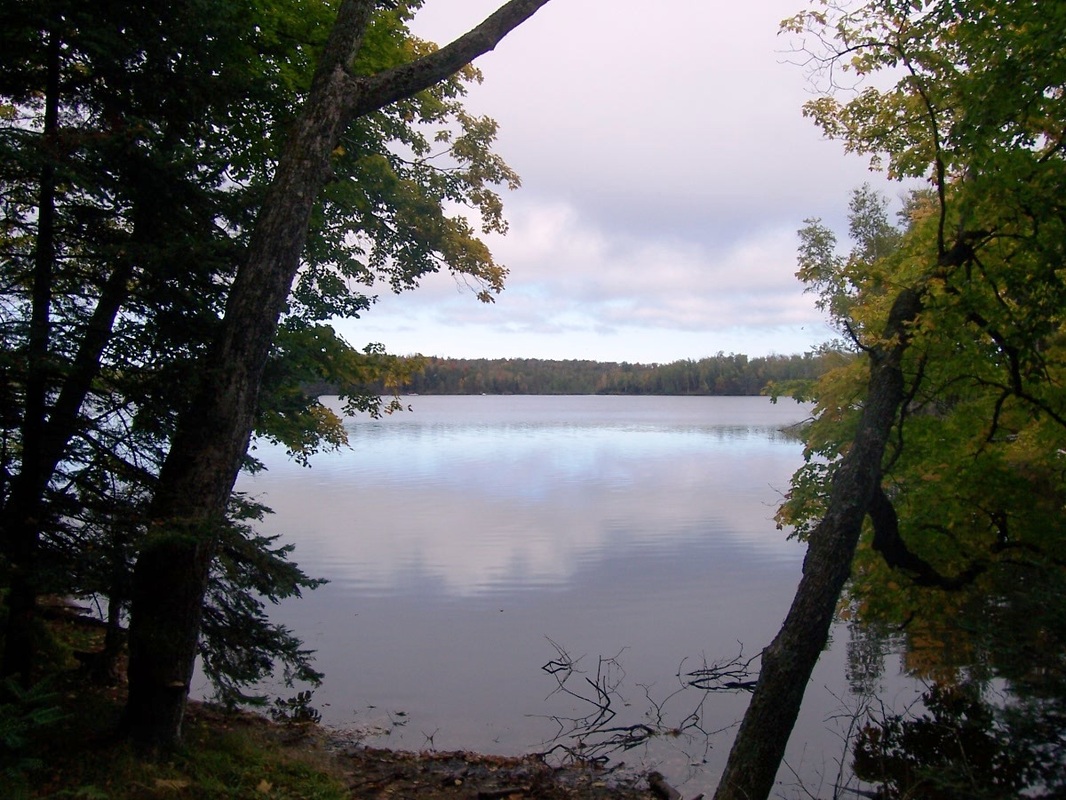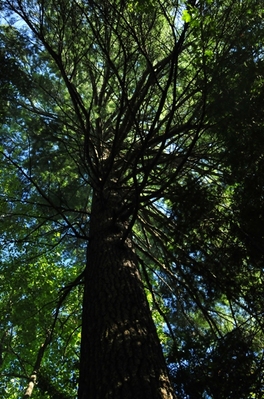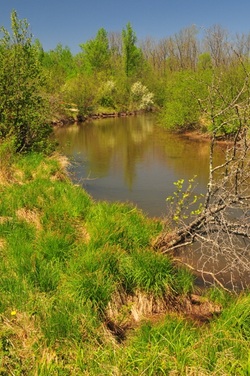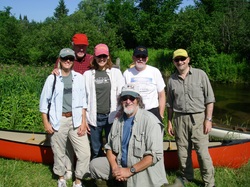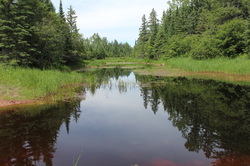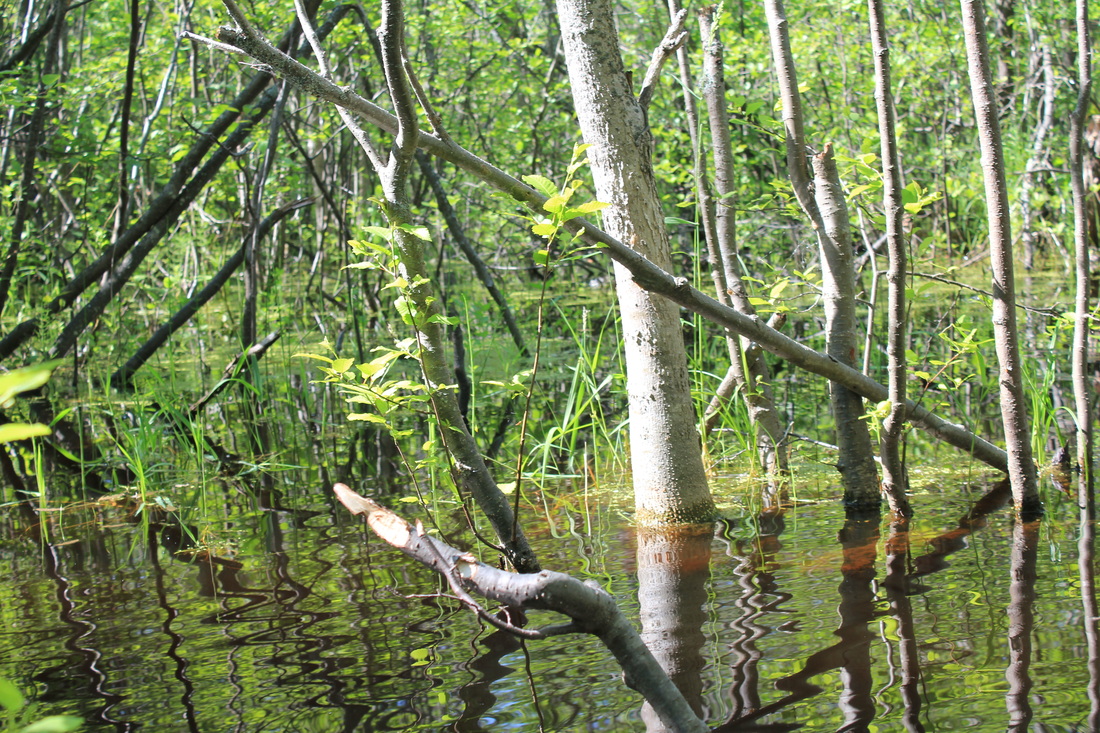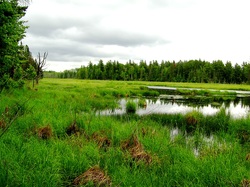- Home
-
What We Do
- Where We Work >
- Preserve Your Land >
-
Trails & Public Land Preservation
>
- Big Ravine and Nature Trail >
- Brownstone Trail
- Cornucopia Beach
- Frog Bay Tribal National Park
- Gil Larsen Nature Trail
- Houghton Falls Nature Preserve
- Jerry Jay Jolly Trails
- Lincoln Community Forest >
- Lost Creek Bog State Natural Area
- Mt. Ashwabay
- Nourse Sugarbush State Natural Area
- White River Fisheries Area
- North Pikes Creek Wetlands Community Forest >
- Siskiwit River Estuary Preserve Project
- Tyler Forks Community Forest Project
- Geocaching
- Northern WI Sasquatch Preserve
- Other Initiatives & Partnerships
- How You Can Help/Donate
- About BRC
- What's Happening
- Store
The Bayfield Regional Conservancy preserves natural lands, waters, forests, farms, and places of scenic, historic and spiritual value in Ashland, Bayfield, Douglas and Sawyer Counties. These lands are the special places you love, places that provide habitat for our wildlife and plants.
|
Lake Superior
Holding 10% of the world's freshwater, Lake Superior is not only the largest freshwater lake in the world but it also holds 10% of the world's freshwater, and home to:
The Conservancy protects Lake Superior by:
Our Numerous Inland Lakes
Our north woods region is rich in inland lakes, a legacy of our glacial history. Our lakes come in many forms and the most common in our region include:
The Bayfield Regional Conservancy works to protect lake habitat and species in the following ways:
Our Rich Northwoods Forests
Our forests provide us with clean air and filter the water we drink. They also help maintain the water quality of our rivers and streams by slowing the flow of water and reducing runoff. Our forests provide habitat for:
The Bayfield Regional Conservancy has protected over 2,000 acres of forestland in our service area. We continue to preserve our precious forest habitats in the following ways:
Our Pristine Rivers
Healthy rivers provide drinking water, flood protection, fish and wildlife habitat, recreation opportunities, and economic benefits to local communities. Our rivers include high quality trout streams, outstanding and exceptional resource waters, and they feed productive estuaries. Much of the Bayfield Regional Conservancy’s work includes river protection. The Conservancy’s service area comprises two major watersheds:
What we do on the land affects the water of our rivers, especially along the shorelines. Natural habitat on river shorelines keeps our rivers healthy by:
The Conservancy works to protect our northern rivers by:
Our Fertile Wetlands
In addition to their scenic beauty and habitat values, our wetlands help prevent floods and purify our water. They recharge our groundwater and filter out pollutants, acting like the kidneys of our environment. By acting like sponges and absorbing runoff, wetlands help prevent flooding because they hold the excess water, slowly releasing it to the groundwater, rivers, streams and lakes. In the form of estuaries, they provide vital habitat for fish and other aquatic creatures. Our region is rich both in the types of wetland communities and the amount of acres of wetlands that occur here. Some of our wetland dependent creatures include mink, muskrat, herons, egrets, terns, rails, songbirds, sand hill cranes, ducks, and other small mammals and birds. Some of the Conservancy’s priority wetland sites include among others:
The Conservancy protects wetland habitats through:
|
_Bayfield Regional Conservancy ~ 33 N. 1st Street, Bayfield, WI 54814 ~ 715.779.5263 ~ [email protected]
Proudly powered by Weebly
- Home
-
What We Do
- Where We Work >
- Preserve Your Land >
-
Trails & Public Land Preservation
>
- Big Ravine and Nature Trail >
- Brownstone Trail
- Cornucopia Beach
- Frog Bay Tribal National Park
- Gil Larsen Nature Trail
- Houghton Falls Nature Preserve
- Jerry Jay Jolly Trails
- Lincoln Community Forest >
- Lost Creek Bog State Natural Area
- Mt. Ashwabay
- Nourse Sugarbush State Natural Area
- White River Fisheries Area
- North Pikes Creek Wetlands Community Forest >
- Siskiwit River Estuary Preserve Project
- Tyler Forks Community Forest Project
- Geocaching
- Northern WI Sasquatch Preserve
- Other Initiatives & Partnerships
- How You Can Help/Donate
- About BRC
- What's Happening
- Store
